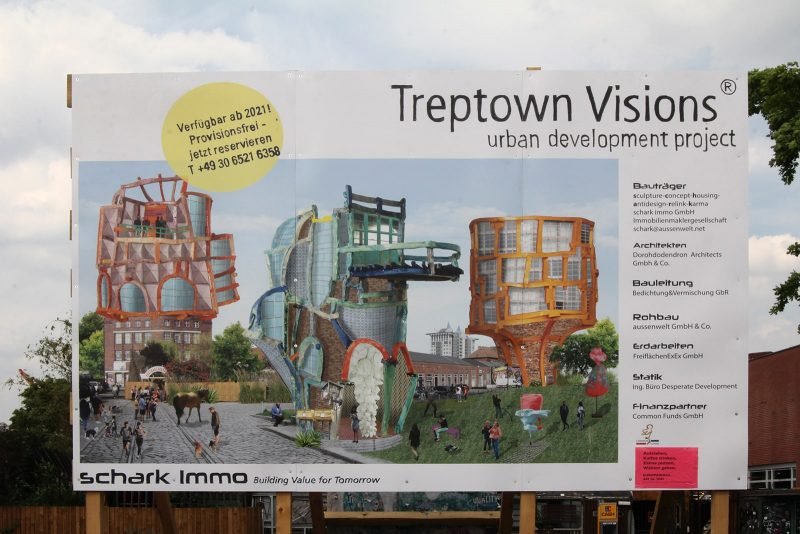‘Dronevertising’ Makes Real Life Pop-Up Ads
It was only a matter of time before someone saw the commercial potential of drones. Their compact size and swift mobility makes them ideal vehicles for transporting goods and information around the crowded streets of a city.
Amazon has recently been testing the potential for drone deliveries, but Russian creative agency Hungry Boys’ campaign has brought a new dimension to both advertising and drone use.

‘Dronevertising’ was a trial campaign run by Hungry Boys to try to boost the business of Chinese noodle chain Wokker. Posters advertising the latest deals for the company’s rice and noodle dishes were flown high up in the streets of Moscow’s financial district, hovering outside the windows of busy offices. The campaign specifically targeted lunchtime, when, it claims, many people forget to stop for food when they are working.

The drones were used as a novel way of attracting workers’ attention to make the business stand out from the many other advertising channels in the city. By reminding workers of the range of food offered by Wokker, always near the buildings themselves, the campaign increased the fast-food chain’s sales by 40% during the drone trial.

The concept is simple: brand + drone + sky = dronevertising. By using just ten drones, Wokker capitalised on the time when workers are most thinking about lunch to direct their thoughts towards the ready-to-go Chinese food just a few metres away.

Alex Gisak, Wokker’s co-founder says that “We have never used or will we ever use traditional channels for communication. Since our inception we have always looked for new ways to help promote our food and sending our message through the skies is certainly different. It is marketing at the right time and in the right place.”

Whether the drones’ success is down to their innovation or just their novelty is hard to tell though. If these moving billboards become more commonplace there is high chance that they will be as ignored as online pop-up ads, which usually generate more annoyance than interest.

The idea has much potential, however, Gisak adding “Who knows, maybe we’ll start delivering our meals in the future this way.” The popularity of aerial fast-food has already been shown, and the drones currently have exclusive access to advertising spaces no other message can reach.



